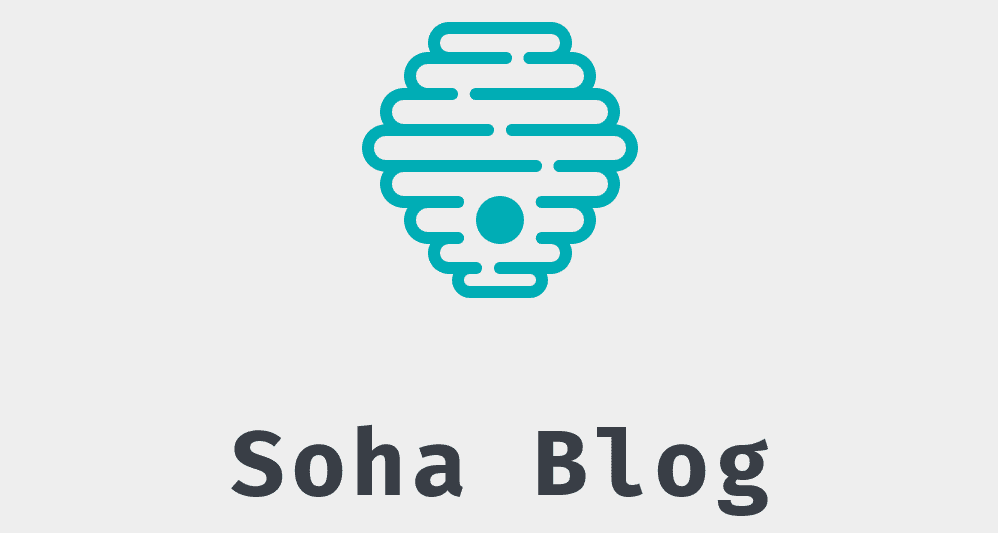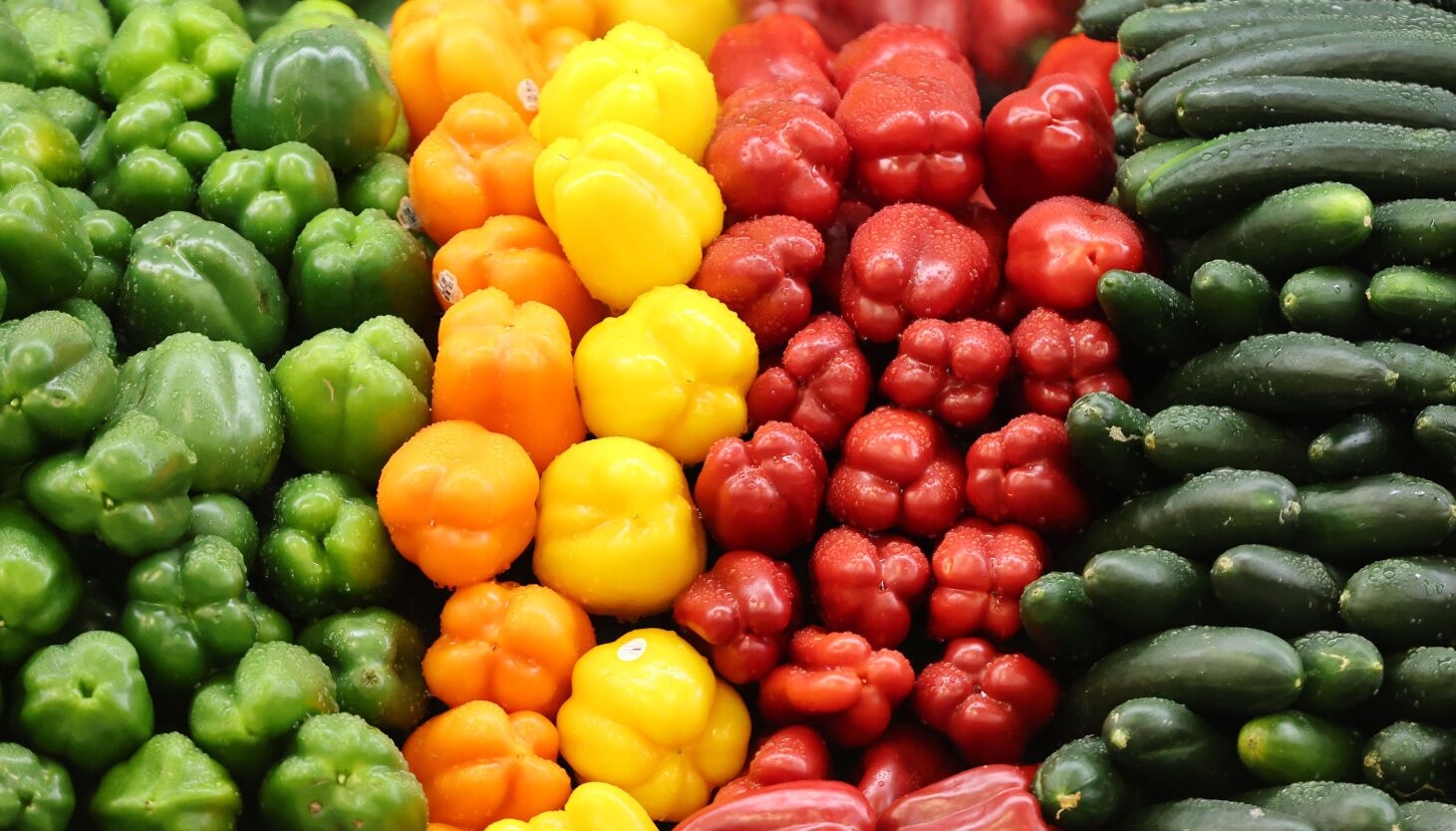Cutting back on carbohydrates can be difficult because this particular macronutrient is the foundation of common dishes and meals.
And when it’s not the main dish, it’s a popular add-on.
Soup and bread are typical companions. Toast enhances a veggie-packed salad. And even in unsuspecting places like meatballs, breadcrumbs lurk next to the meat and spices.
So when you decide to eat low-carb, you have to take a close look at what you’re eating and find the nooks and crannies where carbohydrates can hide.
With the holidays fast approaching and the promise of gravy-filled mashed potatoes and buttery biscuits on the horizon, you might be thinking about eating a lighter diet to accommodate those special meals. This. Adopting a low-carb diet is one way to do that.
In that spirit, here’s a guide to a low-carb diet, with an emphasis on creating new habits that still include favorites like pasta and toast.
What is considered low-carb?
There is no universal definition of a low-carb diet. According to Healthline, anything under 100-150 grams per day is generally considered low carb.
Low-carb is not the same as the keto diet. The keto diet is more restrictive, and people on this diet typically eat less than 100 grams of carbohydrates per day. According to the Cleveland Clinic, although the amount of carbohydrates a person eats on a keto diet varies from person to person (depending on overall calorie intake and other factors), the typical range for a keto diet is between 20 to 50 grams.
So, although keto is a low-carb diet, not all low-carb diets are keto.
The main component of a low-carb diet is to limit or eliminate sugar; foods with added sugar; sugary drinks; and highly processed, refined carbohydrate foods, such as processed flours, cereals, breads, rice, pasta, pastries, convenience foods, snacks, and rich vegetables carbs, Mary Jane Baladad writes on the Obesity Medicine Society website.
Low-carb diets involve consuming significantly fewer carbohydrates than the average American. Baladad said the average American’s carbohydrate intake is about 250 grams per day, according to the Obesity Medicine Society website.
What foods should you avoid on a low-carb diet?
If you’re trying to overhaul your diet and go low-carb instead, there are some high-carbohydrate foods that you might consider eating in moderation or eliminating altogether. completely, depending on your specific needs.
All foods, depending on how much you eat, can fit into a low-carb diet. Matching portion sizes to your goals can be a way to eat high-carbohydrate foods in moderation.
Here are some carbohydrate-rich foods that you may need to portion out to meet your carbohydrate goals on a low-carb diet:
Pasta
Pasta may be the first food that comes to mind when you think of carbohydrates. As a grain, it is rich in carbohydrates and flour is its main ingredient. One way to eat pasta on a low-carb diet is to add vegetables to the pasta. If you want to sit down and enjoy a hot bowl of pasta, consider halving your usual portion size and adding vegetables like broccoli, asparagus, and tomatoes to the mix.
Sauce
Your favorite pasta sauce may also contain a significant amount of carbohydrates. Some sauces like Alfredo sauce are considered keto-friendly because they are made with butter and cheese (two low-carb foods), but sometimes these sauces are made with roux (i.e. that they contain flour). Other sauces such as barbecue sauce may include brown sugar. Before you assume a sauce is low-carb, check to see how much carbohydrate and sugar it contains.
Packaged baked goods and sweets
A cake filled with jam and topped with frosting often has carbohydrates from flour, sugar and fruit. Packaged sweets like cookies can also be high in carbohydrates. Eating these foods in moderation can help you stay on track with your goals. You can also explore low-carb alternatives like swapping flour for almond flour and using stevia instead of sugar. Check out All the Recipes for inspiration.
Bean
Beans are a source of plant-based protein. They are a nutritious alternative to meat but are also high in carbohydrates. Instead of making beans the highlight of your dish, you can make them the highlight. Throwing them on top of salads or mixing them into chili or soup can help you enjoy beans while still hitting your carbohydrate goals.
Rice
Rice is high in carbohydrates, whether white or brown. If you still want to include rice in your diet, you can plan by eating lower carbohydrate meals throughout the day or you can mix cauliflower with rice so that you can eat the same amount of food. Eat lower amounts of carbohydrates.
General tips
- If you’re trying to reach a specific carbohydrate goal, weighing your food is the way to go. When you weigh your food, you’ll get an exact amount that you can keep track of, instead of guessing or estimating the amount of carbohydrates you’re eating.
- Aim for progress, not perfection. If you love pasta, giving up all pasta may not be the best choice. Instead of completely eliminating carbohydrates from your diet, find ways to eat smaller portions of what you love while adding fiber-rich vegetables to the mix.
What is low-carb food?
Low-carb foods include eggs, chicken, beef, salmon, shrimp, spinach, lettuce, tomatoes, broccoli, onions, kale, cauliflower, cucumbers, bell peppers, celery , cabbage, Swiss chard, mushrooms, zucchini, squash, bok choy, According to health experts, blueberries, strawberries, avocados, green onions, asparagus, green beans, peas, cheese Apricot, most cheeses, walnuts, almonds, apples, milk, olives, kefir, cantaloupe and more.
To find out if a food is low in carbohydrates, look at the nutrition label or search online.
How to start a low-carb diet for beginners?
Here are five tips for starting a low-carb diet.
- Start by tracking what you eat now. Use pen and paper to write down everything you eat during the day for a week. Eat as you normally would and consider how much food you are eating so you can have accurate data on your typical carbohydrate intake. Once you have a clear understanding of what you eat on an average day, set a daily goal of less than your current average. If you average about 200 carbohydrates, start with a goal of 180 and then gradually reduce to your final goal.
- Replace half of your grains with vegetables. An easy way to eat fewer carbohydrates is to replace them with something instead of eliminating them. When eating pasta, swap half for broccoli. When eating toast, eat one slice instead of two and add some grilled or steamed vegetables on the side. Eat rice with cauliflower and bell peppers instead of eating plain rice. As a bonus, you’ll also absorb more nutrients.
- Make one meal a day a low-carb meal. We all have little habits related to the foods we love. If you like to eat a few pieces of toast every morning, continue that habit. Find another meal where you cut back on carbohydrates. Maybe for dinner, you swap the pasta or rice for some veggies and salmon. The possibilities here are endless, but the point is to find a meal that you can change into a low-carb meal.
- Swap a dessert for a low-carb dish. Who doesn’t love a piece of cake for dessert? It’s a delicious dish. Instead of eating a regular piece of cake to end your meal, try switching it up for Greek yogurt and berries. No, yogurt is not cake. It’s not even remotely cakey. But it is a low-carb sweet treat. You don’t have to give up cake completely (you can also eat a smaller portion), but switching up every now and then can help in the long run.
- Cut out sugary drinks. Drinks are a surprising source of carbohydrates. Your favorite coffee drink may be high in sugar and carbohydrates. Or a smoothie from the juice bar might only have the equivalent of half the carbohydrates you want to eat in a day. Try to make drinks that are high in carbohydrates, drinks for special occasions rather than everyday drinks. If you want something sweet and fizzy, try water with berries. Or if you want to drink a smoothie, be careful not to add sugar to the drink other than fruit.
How to lose weight on a low-carb diet
According to the Mayo Clinic, low-carb diets can contribute to weight loss. But that doesn’t mean weight loss will continue indefinitely.
To lose weight on a low-carb diet, consult your doctor to find out the appropriate number of calories to consume and see what the best plan is for you.
Low-carb recipes
Here are 10 low-carb recipes you can try:
- Delish spicy coconut grilled chicken.
- Mediterranean turkey stuffed peppers from BBC Good Food.
- Orange pomegranate salmon from Taste of Home.
- Top notch chicken salad from Downshiftology.
- Food Network’s Asparagus Pesto Noodles.
- Zucchini lasagna from Downshiftology.
- Blackened Chicken with Dill from Country Living.
- Vegetables, steak and eggs from Taste of Home.
- Tuscan butter shrimp from Delish.
- Spaghetti squash, Brussels sprouts and crispy shallots from Downshiftology.
#comprehensive #guide #starting #lowcarb #diet
Image Source : www.deseret.com

